Housefly, Common Housefly Musca domestica
Family Muscidae. Subfamily Muscinae. Tribe Muscini
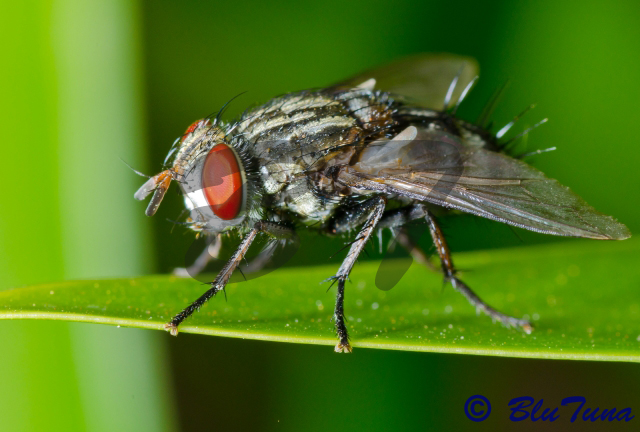
© BluTuna
Garden in Johannesburg
Description
The adults are about 5–8 mm long. Their thorax is gray or sometimes even black, with four longitudinal dark lines on the back. The whole body is covered with hair-like projections. The females are slightly larger than the males, and have a much larger space between their red compound eyes. The sponge-like mouthparts are adapted for feeding on liquids, and the reddish compound eyes are large.
Like other Diptera (meaning "two-winged"), houseflies have only one pair of wings; the hind pair is reduced to small halteres that aid in flight stability. Characteristically, the media vein (M1+2 or fourth long vein of the wing) shows a sharp upward bend.
Distribution
The Housefly is, perhaps, the most common and widespread animal in the world.
Habitat
Occurs in a wide range of habitats, and is often associated with human activities.
Biology
Houseflies contaminate food, and in developing countries are responsible for millions of infant deaths per year as a result of dehydration caused by diarrhoea.
Houseflies undergo 'complete metamorphosis'; the larvae (maggots) progress through three stages known as 'instars' before a pupal stage develops in which complex changes take place as the body of the maggot re-organises into the adult fly. Adults feed on rotting plant and animal matter and sugary liquids. They repeatedly salivate on food, ingest it and regurgitate it in order to pre-digest the food.
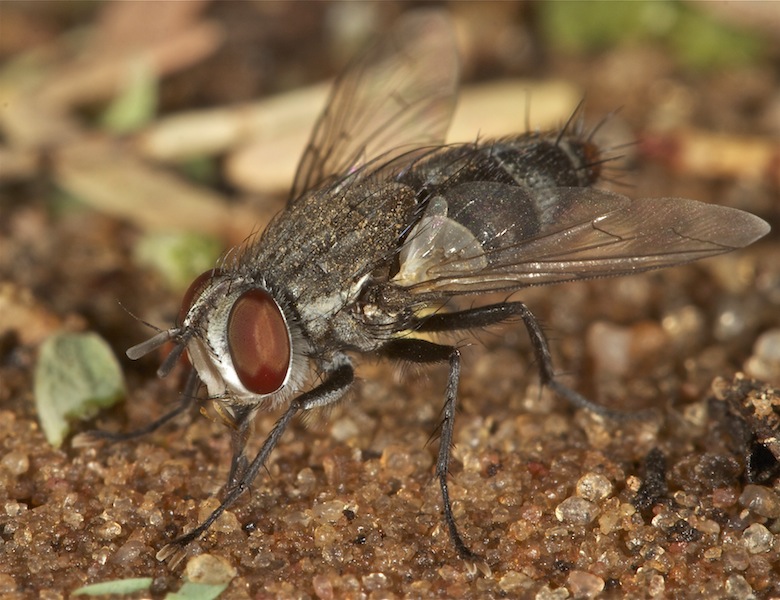
© ExFmem
Life Cycle
Female flies lay numbers of eggs in suitable larval food sources such as decomposing food in garbage, animal excrement or other decomposing organic materials. Eggs hatch within a day into small maggots. Within a week, maggots grow and develop through three stages (instars) before they inflate their last larval skin into a puparium (pupa). After 4 to 6 days, adult flies emerge. Development from egg to adult can be completed in about 8 days under optimal conditions, and 12 generations can occur each summer. Adults normally live up to 25 days but may overwinter.
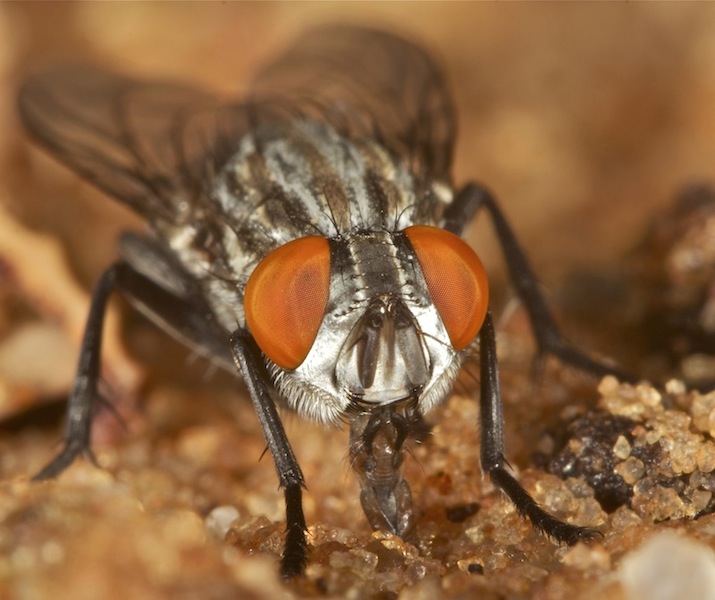
© ExFmem
Mouthparts
Its mouthparts are made of soft, spongy structures called a labella and a proboscis. The labella gently dabs liquids into the proboscis, which then sucks up the liquid. If the fly encounters solid food it wants to eat, it drops saliva onto it, turning the food into a liquid.
Flies with sponging mouthparts are usually incapable of biting, however some species have sharp teeth on the pseudotracheae to rasp flesh and draw up blood e.g. the tsetse fly.
Links:
Wikipedia;
ARKive
Hunting cannot be considered a sport as all contestants in a sport should know they are playing the game!
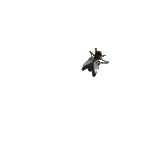



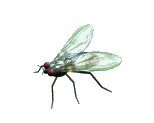
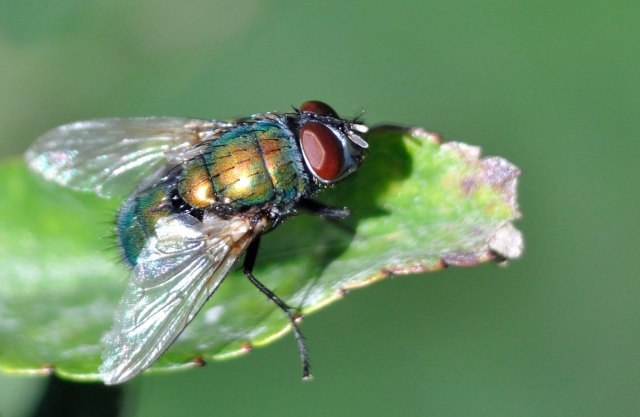 © BluTuna
© BluTuna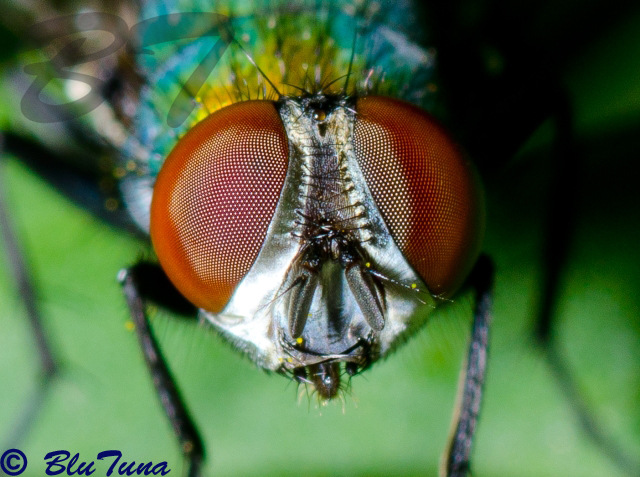 © BluTuna
© BluTuna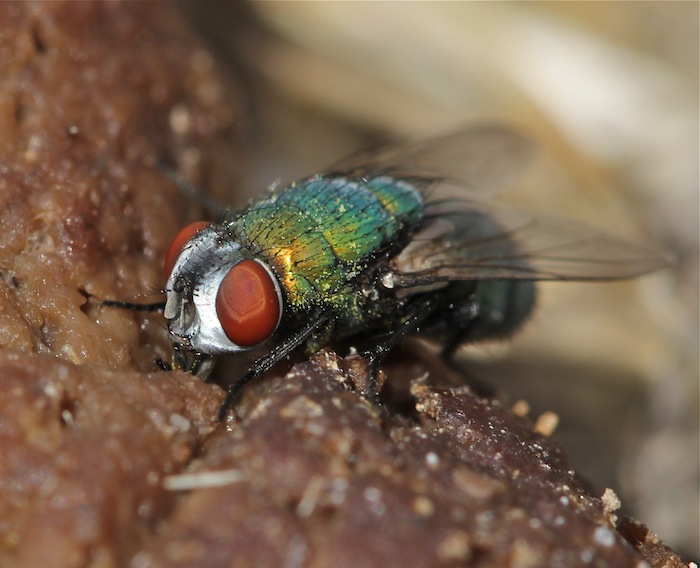 © ExFmem
© ExFmem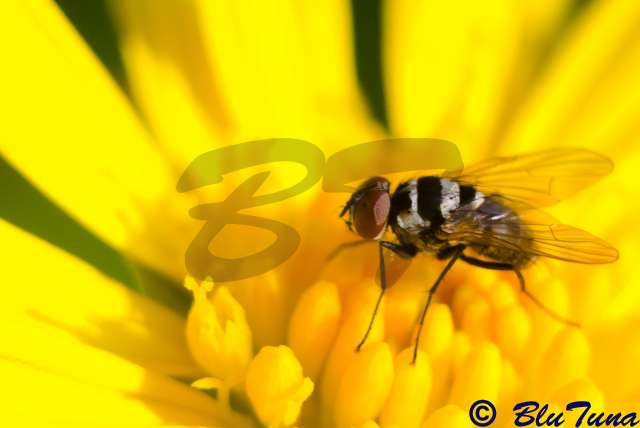 © BluTuna
© BluTuna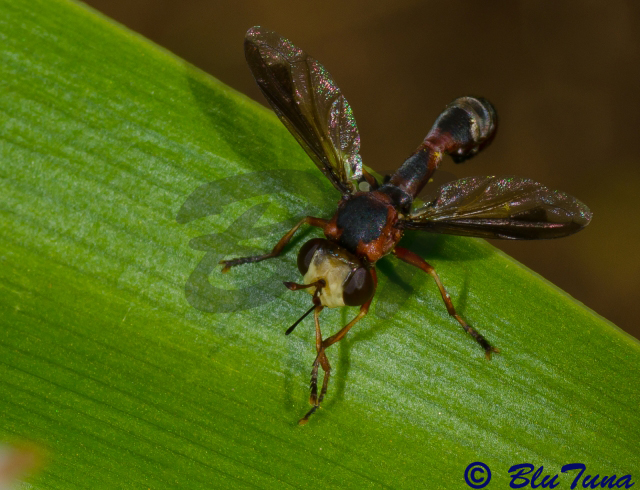 © BluTuna
© BluTuna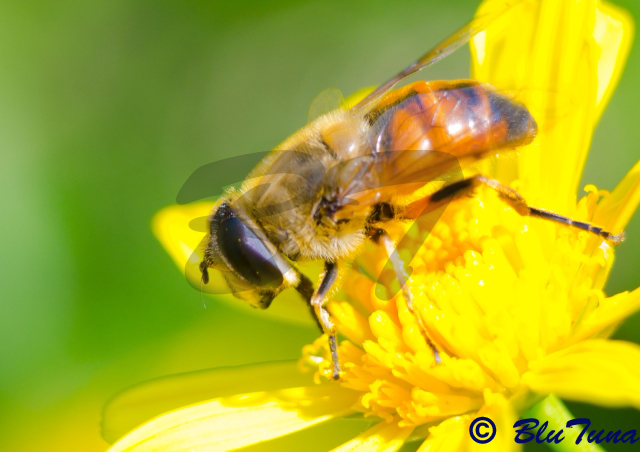 © BluTuna
© BluTuna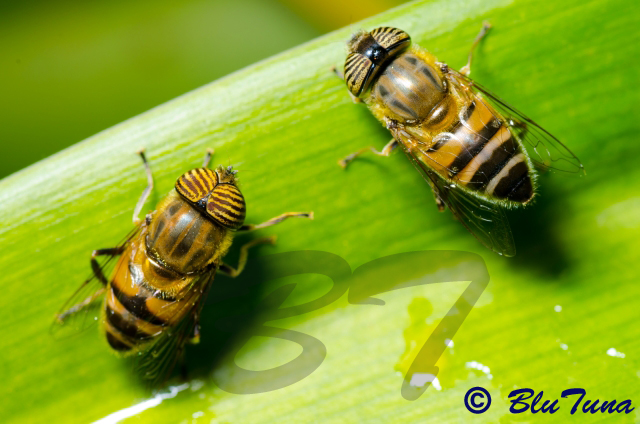 © BluTuna
© BluTuna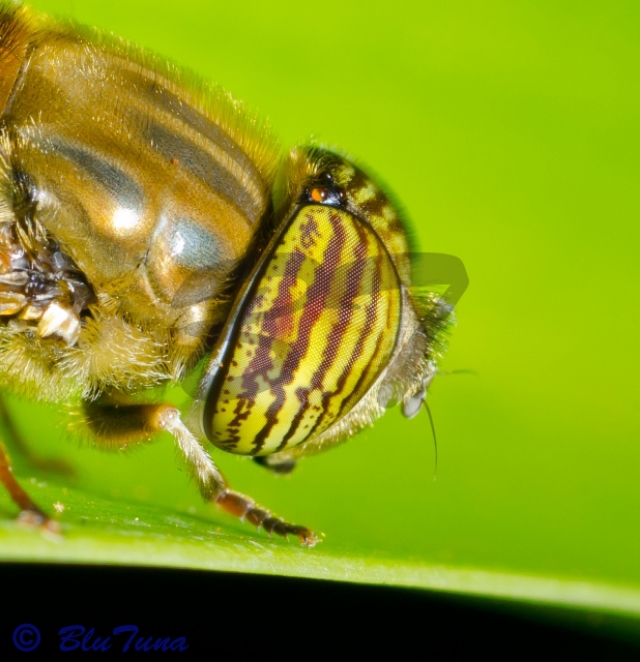
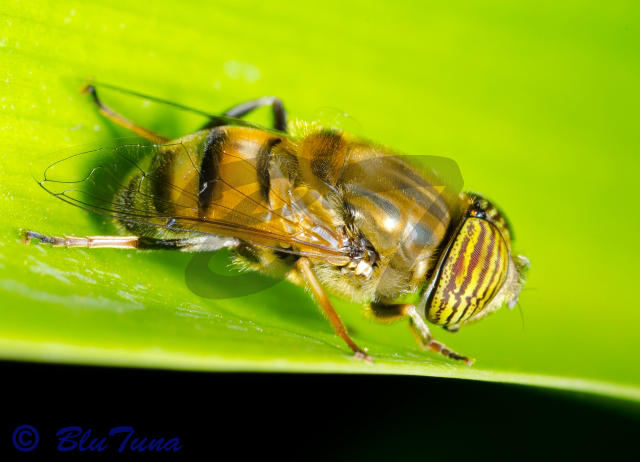 © BluTuna
© BluTuna © BluTuna
© BluTuna © ExFmem
© ExFmem © ExFmem
© ExFmem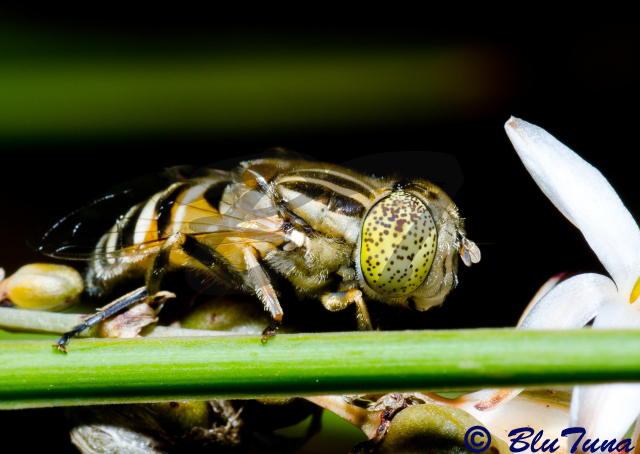 © BluTuna
© BluTuna